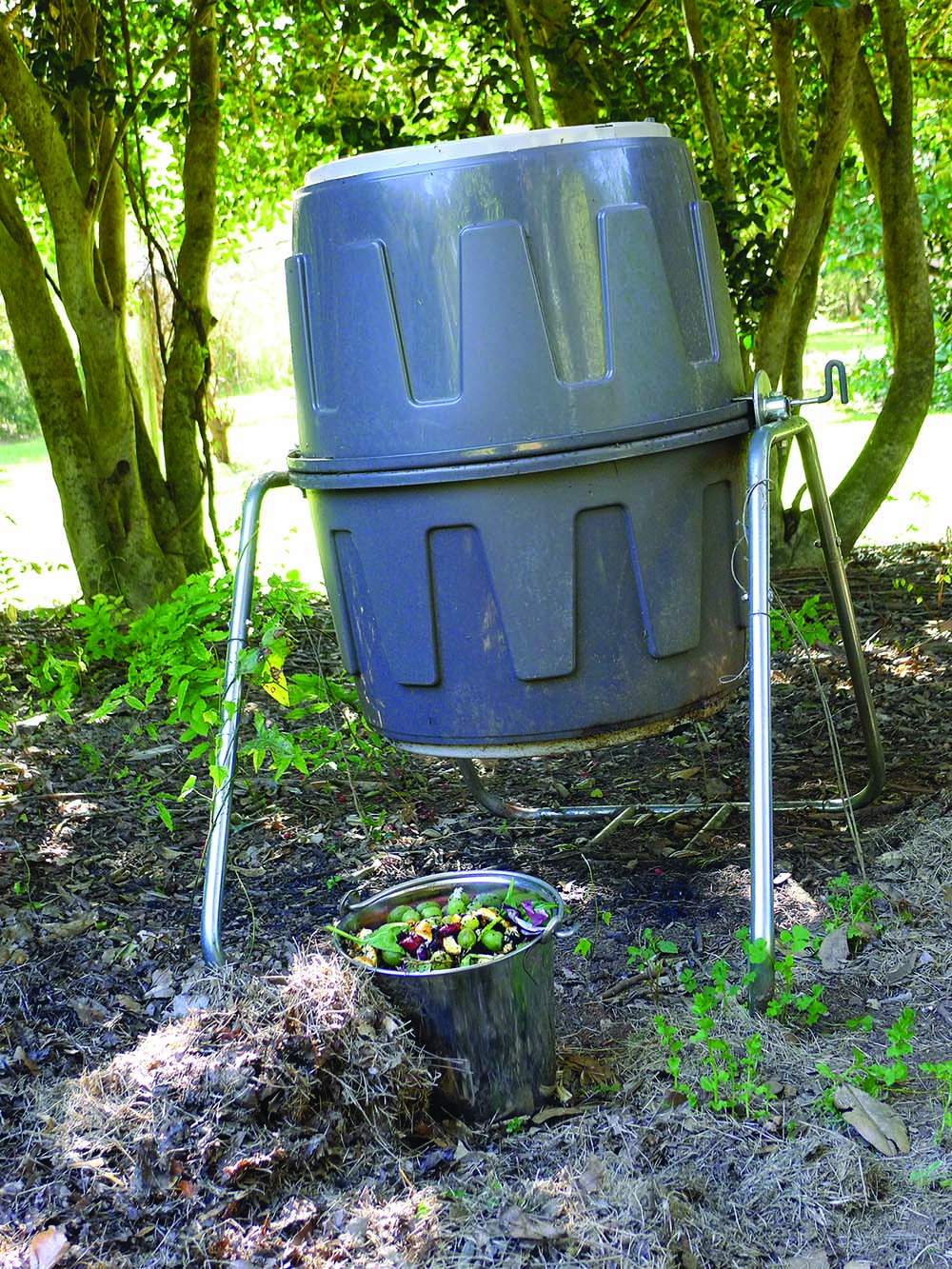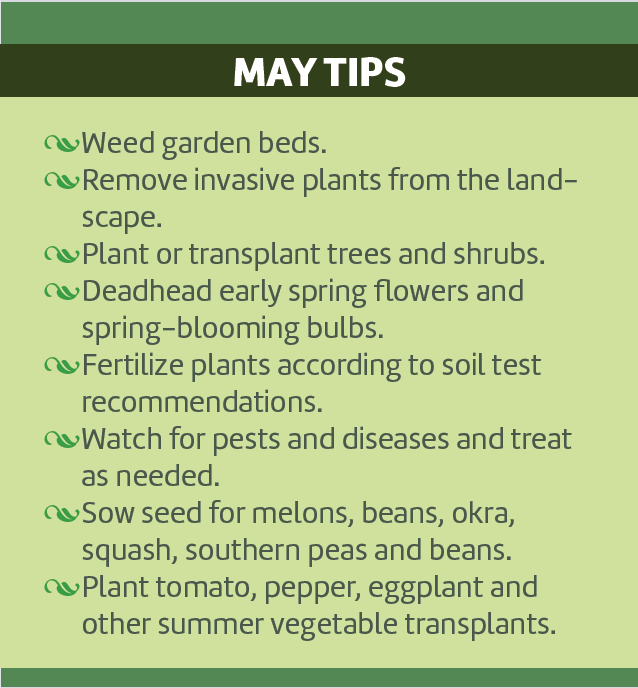 The fresh fruits and vegetables coming into season this time of year provide an abundance of food for the soul, but they also create an abundance of peels, shucks, seeds and other kitchen waste. Rather than throwing that residue into the trash, consider turning it into food for the soil.
The fresh fruits and vegetables coming into season this time of year provide an abundance of food for the soul, but they also create an abundance of peels, shucks, seeds and other kitchen waste. Rather than throwing that residue into the trash, consider turning it into food for the soil.
Organic kitchen waste as well as grass clippings and other yard waste can clog landfills, but they are prime ingredients for making compost, which can be used as an amendment to improve soil quality and health. Composting happens all the time in nature as organic materials slowly decay and form humus, a dark, rich organic matter that serves as a slow-release natural fertilizer, improves soil texture and moisture levels and helps suppress soil diseases and pests.
We humans can harness and speed up the composting process by combining organic carbon-based “brown” ingredients with nitrogen-based “green” ingredients (see a list of options in the sidebar) then using hot or cold composting methods to promote more rapid decay.
Hot (active) composting is the fastest method to make garden-ready humus in a few weeks or months because it provides ideal conditions for soil microbes, which break down organic material. It also kills many pathogens and weed seeds that may be harbored in the raw composting ingredients. However, hot composting requires more effort, such as paying closer attention to the carbon to nitrogen ratio in the mix, keeping the compost moist and turning it frequently.
Cold (passive) composting is easier. All it requires is collecting organic waste in a pile or in layers and letting nature takes its course. However, it may take a year or more to create garden-ready humus using the cold composting method.
Whichever method you choose, there are two things to consider: site and system.
The ideal composting site is an outdoor space with partial shade and far enough away from the house so it’s not an eyesore, but close enough so you can easily take out kitchen waste and add yard waste. However, composting can be done almost anywhere, including on an apartment balcony or even indoors. (Before composting in urban areas, check with your local municipality to find out if there are any restrictions or incentives for composting.)
 When choosing a system, there are a number of options. You can dig composting trenches or pits in the ground, or compost above ground using a simple pile or in containers ranging from DIY wire cages and trash cans to fancy store-bought bins and tumblers. Perhaps the easiest system of all is sheet composting (sometimes called “lasagna gardening”) where raw ingredients are layered directly onto a garden bed.
When choosing a system, there are a number of options. You can dig composting trenches or pits in the ground, or compost above ground using a simple pile or in containers ranging from DIY wire cages and trash cans to fancy store-bought bins and tumblers. Perhaps the easiest system of all is sheet composting (sometimes called “lasagna gardening”) where raw ingredients are layered directly onto a garden bed.
I can attest from personal experience that sheet and pile composting are very easy, but be aware that those systems can attract some drop-in guests. We set a game camera near our open composting area last year and documented quite the parade of birds, foxes, coyotes, opossums, raccoons, deer and more than a few neighborhood dogs that stopped by for a snack. If you don’t want to host dinner guests, a closed system is likely a better choice.
There’s so much more to learn about composting than will fit in this column, but if you want to explore the options, get your hands on a good composting guide (The Rodale Book of Composting: Easy Methods for Every Gardener is considered among the best, but many others are available) or check with your local Cooperative Extension office for guidelines. Then get started making food for your soil. It will be good for your soul.
Composting ingredients
Almost anything organic can go into your compost EXCEPT meat and dairy products, bones, oils, wood and charcoal ashes, human or pet waste, diseased plant material and weed seeds. Here’s a sample of a few appropriate brown and green compostable ingredients.
Browns
- Dry leaves
- Woody plant trimmings
- Straw
- Pine needles
- Sawdust
- Paper products
- Dryer lint
Greens
- Kitchen and garden scraps
- Coffee grounds and filters
- Leafy plant trimmings
- Grass clippings
- Manure
- Feathers, fur and hair
Tips to accelerate “hot” composting
Hot composting is a faster method to get garden-ready humus into your hands. Here are some tips for maximizing the heating process, which ideally should reach 90 to 140 degrees F:
- Smaller compost piles or bins (around one cubic yard in size) heat more efficiently.
- Use more carbon (brown ingredients) than nitrogen (green ingredients) in your mix (experts suggest a ratio of 3:1 or higher).
- Before adding new ingredients to your compost, chop them into smaller pieces.
- Keep composting materials moist enough so that a handful of compost feels like a damp wrung-out sponge.
- Turn or stir the compost frequently (every week or two) to keep the pile aerated.
Katie Jackson is a freelance writer and editor based in Opelika, Alabama. Contact her at [email protected].




